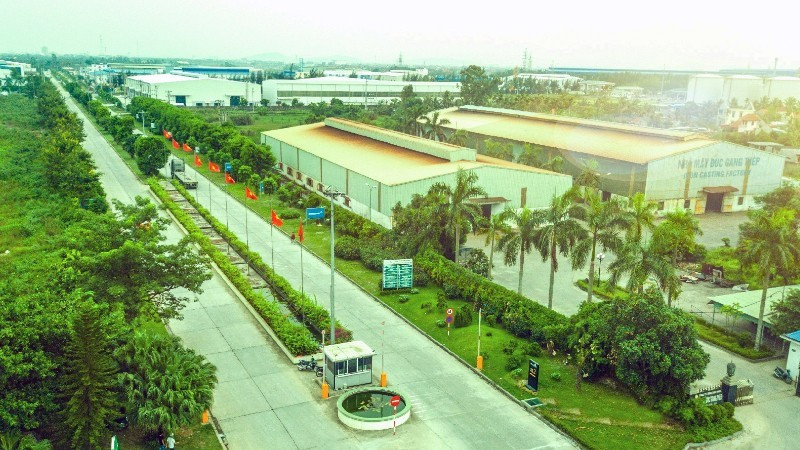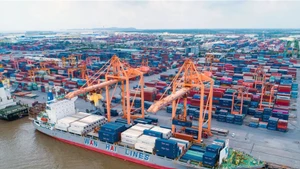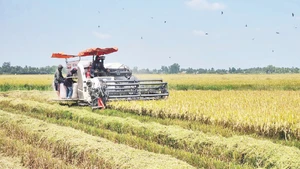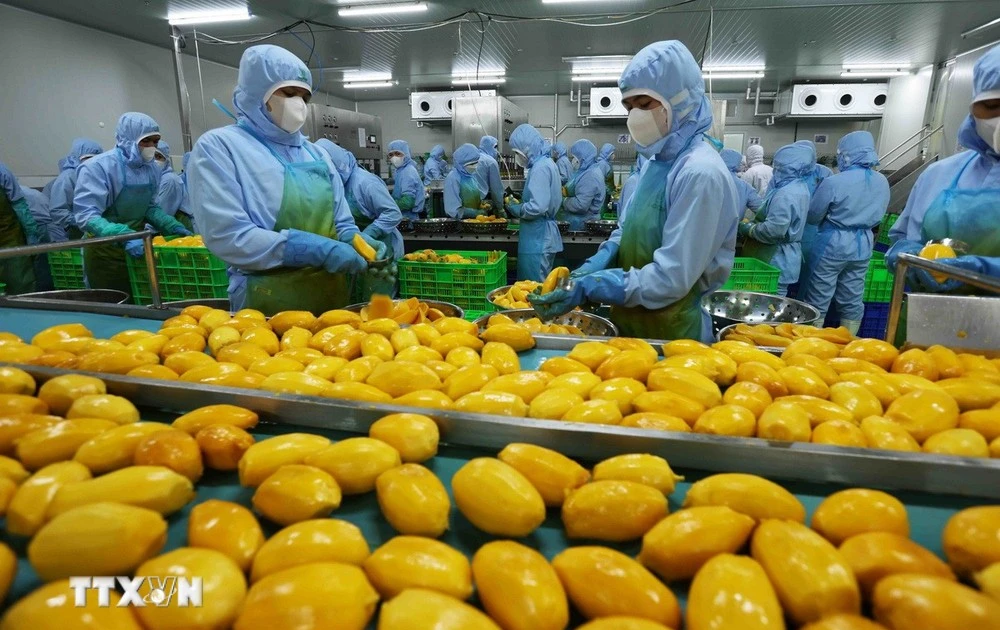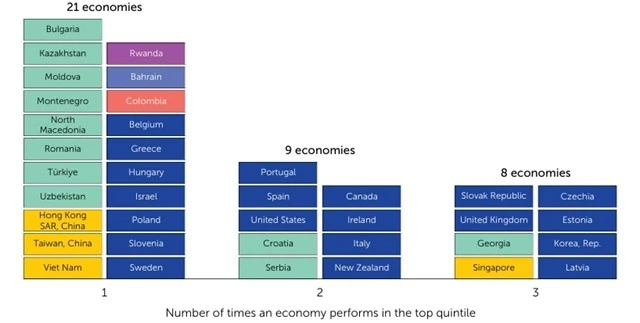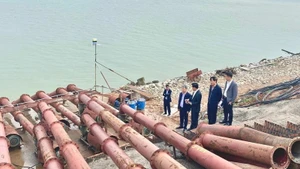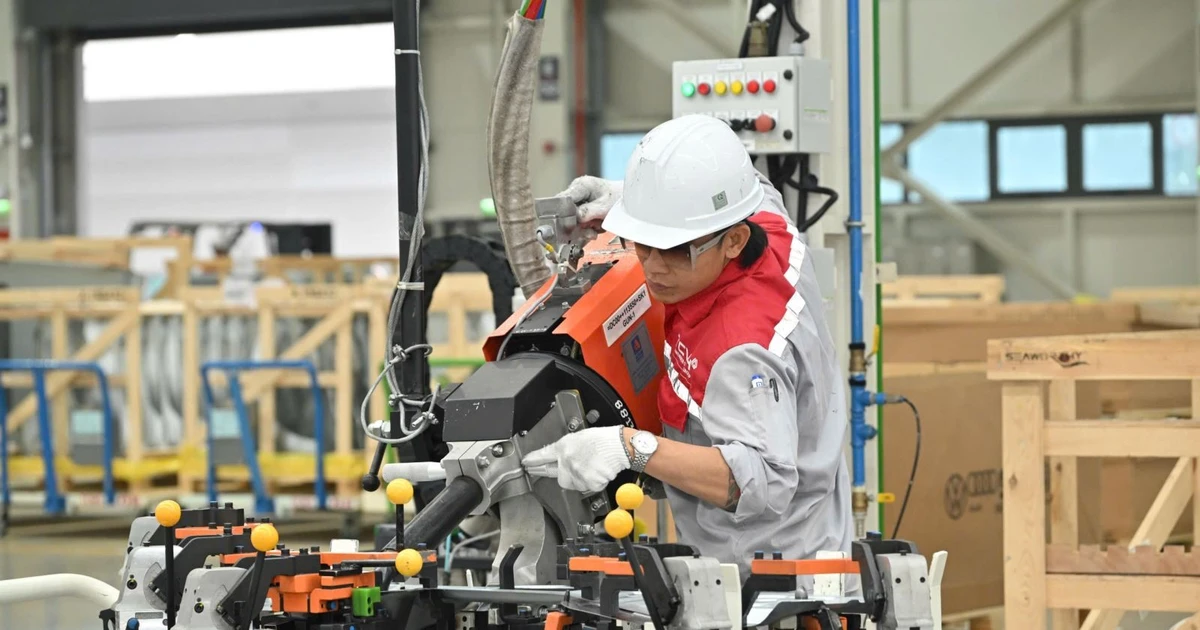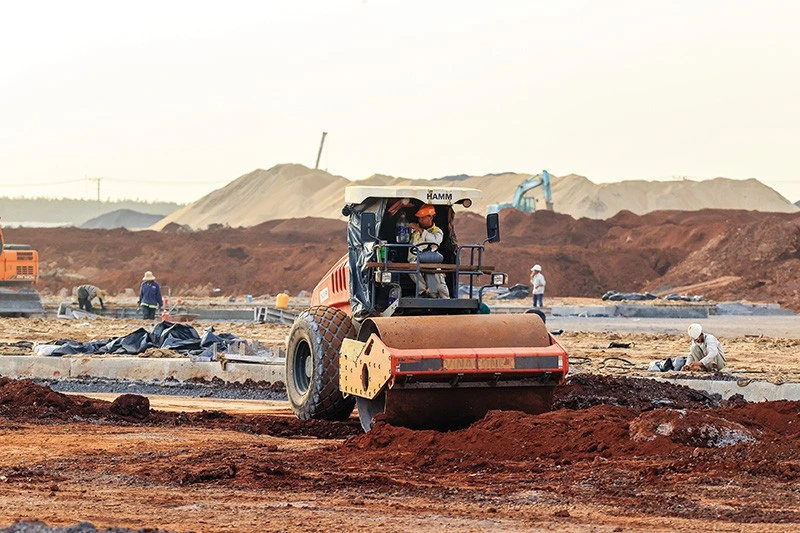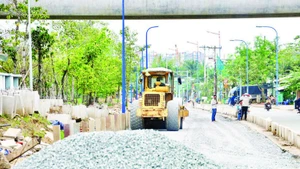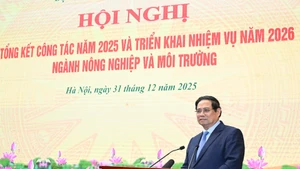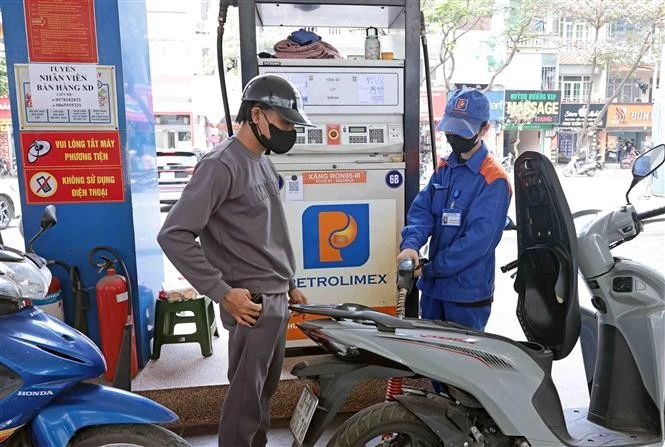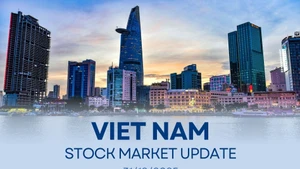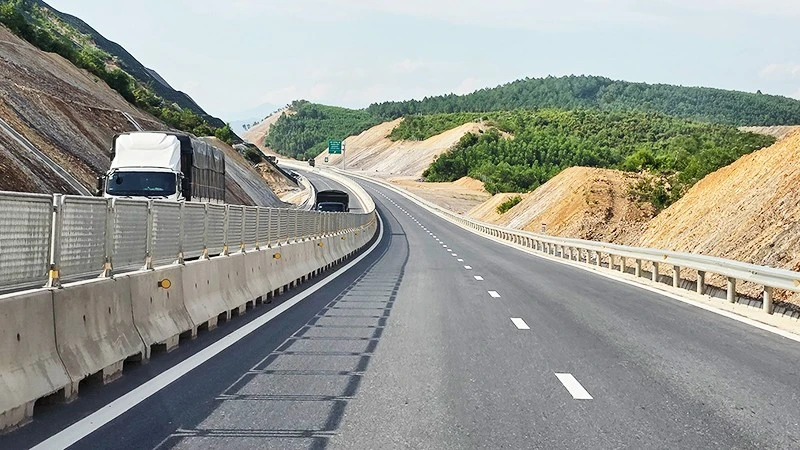Slow progress in forming green industrial parks
After nearly three years of implementing the project titled “Implementing eco-industrial parks in Viet Nam under the approach of the Global Eco-Industrial Parks Programme” by the (former) Ministry of Planning and Investment in coordination with the United Nations Industrial Development Organisation (UNIDO), Viet Nam has yet to receive certification for any eco-industrial park linked with the circular economy.
The “overheating” growth in investment attraction into traditional-style industrial parks has made the goal of building eco-industrial parks appear to be “behind the curve”. For many years, domestic industrial parks only had concepts such as attraction rate and “occupancy”, without concepts of ecosystems or the circular economy. This has created gaps for the environment and wasted available resources.
According to UNIDO, the concept of the circular economy is the process of circulating materials from the start of the chain to reuse in a closed loop. After the traditional “extraction-production-consumption-disposal” cycle, waste is fed back to the start of the production chain to create new value.
If that circular loop takes place within the scope of an industrial park that meets sufficient ecological criteria, an eco-industrial park linked with the circular economy will be formed. In this model, enterprises are connected within the production chain to optimise their individual advantages to create shared benefits.
To date, from the five initial models under the project, the country has only piloted seven eco-industrial parks linked with the circular economy out of the more than 400 parks currently in operation (accounting for about 2.3%). To be recognised, industrial parks must meet eight criteria, including infrastructure, greenery, waste management, social welfare, and clean production.
Most models in Viet Nam have not yet reached system level and are only at unidirectional symbiosis or physical symbiosis. Meanwhile, many countries around the world have established eco-industrial parks linked with the circular economy in multiple directions, at a high level of symbiosis.
MSc Nguyen Thi Tra Giang,
Institute for Industry and Trade Strategy and Policy Research
Research by MSc Nguyen Thi Tra Giang of the Institute for Industry and Trade Strategy and Policy Research states: “Most models in Viet Nam have not yet reached system level and are only at unidirectional symbiosis or physical symbiosis. Meanwhile, many countries around the world have established eco-industrial parks linked with the circular economy in multiple directions, at a high level of symbiosis; some have even achieved inter-sectoral symbiotic relationships and expanded interactions to the entire urban space and neighbouring residential communities.”
The sluggishness in implementation shows that this economic model has not received adequate attention. According to UNIDO’s report, since 2009, Viet Nam began piloting eco-industrial parks through several international cooperation projects. However, those activities were merely technical in nature, testing isolated symbiosis among a group of enterprises rather than system-wide; nor was there participation by state management levels through legal normative documents.
By 2018, the concept of eco-industrial parks was first mentioned in the Government’s Decree No. 82/2018/ND-CP (dated 22 May 2018) on the management of industrial parks and economic zones, but without specific implementation guidelines. Subsequent documents have mainly provided a framework for environmental protection, without specific policies to orient development. This continued until the project “Implementing eco-industrial parks in Viet Nam under the approach of the Global Eco-Industrial Parks Programme” was signed and implemented in 2022.
Removing bottlenecks for a strong shift
The main reason for the rather slow transition from industrial parks to eco-industrial parks likely stems from the impact of Covid-19, as around early 2023 in our country was only the time when enterprises began to recover from the pandemic.
In addition, most infrastructure in operating industrial parks was not planned for a truly circular ecosystem. State management agencies have not yet built or created financial and credit mechanisms for symbiotic enterprises; there are no clear mechanisms for coordination or decentralisation; there is no sufficiently empowered coordinating authority; and the by-product market and data platforms are neither updated nor shared, causing great difficulties.
However, the efforts of state management agencies and industrial park management boards cannot be denied, especially at parks undergoing transition such as Nam Cau Kien, Dinh Vu (Hai Phong), Tra Noc (Can Tho), Hoa Khanh (Da Nang), Hiep Phuoc (Ho Chi Minh City), Amata (Dong Nai), and others.
Since 2020, Viet Nam has formed a sufficiently robust legal framework shaping the development of the circular economy, creating a foundation for developing eco-industrial parks linked with the circular economy. Specifically, the 2020 Law on Environmental Protection together with guiding documents as well as several decisions and decrees of the Prime Minister and resolutions of the National Assembly.
State decisions have applied a series of incentives for industrial parks and enterprises when conducting the transition. Alongside these are requirements on emission reduction, environmental assurance, and application of the circular economy for product outputs to international standards, which will also create the necessary impetus to accelerate the transition of industrial parks in Viet Nam.
According to assessments by many economists and leaders of industrial park management boards, State decisions have applied a series of incentives for industrial parks and enterprises when conducting the transition. Alongside these are requirements on emission reduction, environmental assurance, and application of the circular economy for product outputs to international standards, which will also create the necessary impetus to accelerate the transition of industrial parks in Viet Nam. This is not only an international trend but also a market law.
To accelerate the transition, bottlenecks must be removed. Economist Pham Ho Vien believes that the lack of coordination and data sharing even within a single industrial park, which hinders coordination among enterprises, shows that the management board’s connecting role is very limited.
In addition, management agencies need to issue supplementary guidance on enforcement mechanisms to synchronously implement general guidelines and policies, set out a roadmap, and stipulate transition timelines. It is necessary to develop a Viet Nam-standard evaluation framework in line with international practice; develop criteria on specific levels of incentives for each sector and enterprise within circular symbiotic relationships to create impetus; develop and manage a market for circular products; and develop and mainstream related policies together with policies on the circular economy.
